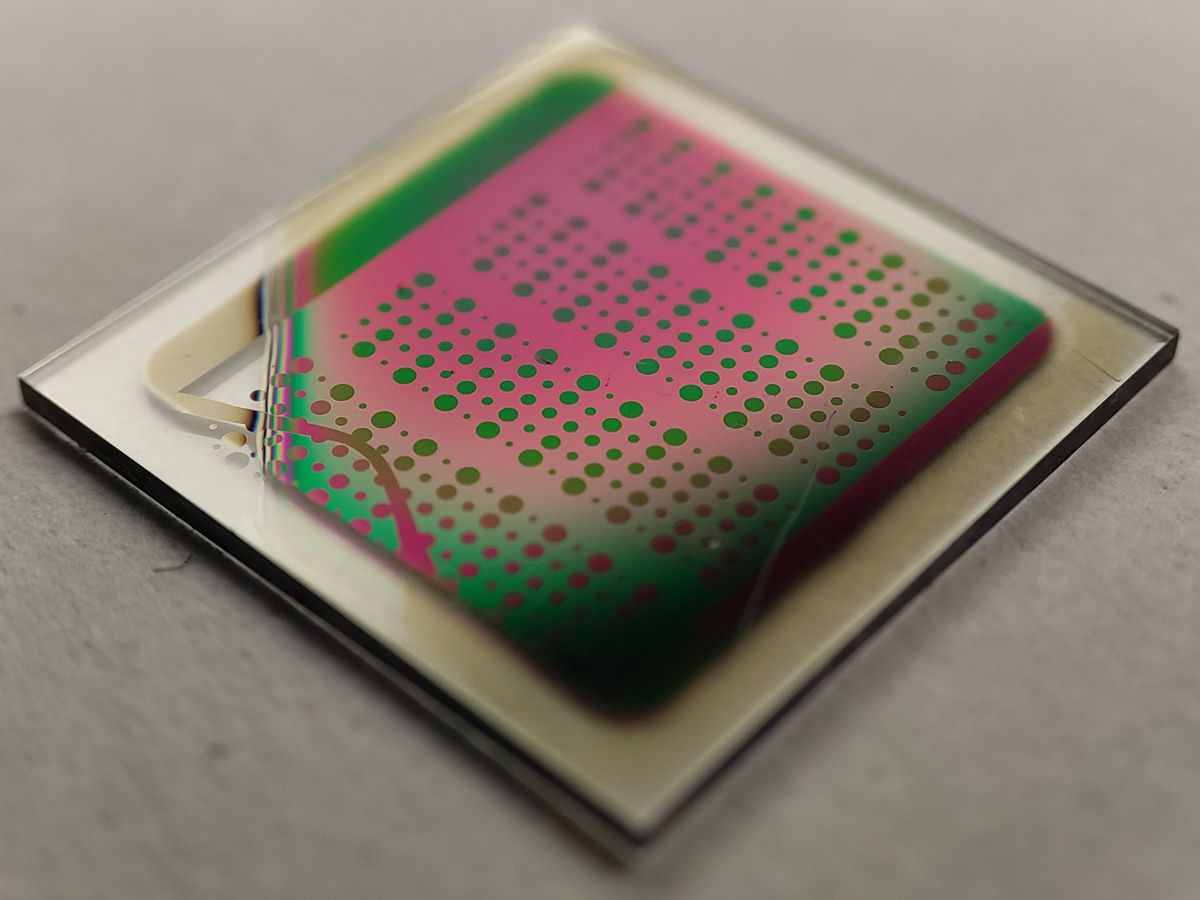Sodium, magnesium, and potassium have all been vying for lithium’s place in rechargeable batteries of the future. Now researchers in Austria have added an unusual contender to the mix: oxygen.
The team has made a new oxygen-ion battery that can store about a third of the energy by weight compared to lithium ion but could have a much longer life-spans. It also uses abundant materials, and its use of a solid electrolyte means it is nonflammable.
“How it works is actually very similar to a lithium-ion battery except with oxygen.”
—Alexander Schmid, TU Wien
The batteries work at a temperature range of 200 to 400 °C. This higher operating temperature and lower energy density make it most suitable for stationary uses like renewable energy storage for the grid or backup power, says Alexander Schmid, a researcher at the Institute of Chemical Technologies and Analytics at the Vienna University of Technology (TU Wien). Schmid and his colleagues reported on the new battery in the journal Advanced Energy Materials.
Lithium-ion batteries can be problematic for grid storage given their high cost and reliance on materials with limited geographical reserves, such as cobalt and lithium—as well as their potential to catch fire. Flow batteries, which store energy in large tanks of low-cost chemicals, show promise for grid storage, but the materials used in them, such as vanadium, are expensive. Meanwhile, other battery technologies such as sodium sulfur and molten salt, just like lithium-ion batteries, use volatile liquid electrolytes that can pose a safety risk in case the device fails.
Schmid and his colleagues made a battery, a small lab-scale prototype at this point, using thin films of two different oxides as electrodes. These oxides are ceramics that are used typically in solid oxide fuel cells. They chose another ceramic material, yttria-stabilized zirconia, as the solid electrolyte.
“How it works is actually very similar to a lithium-ion battery except with oxygen,” Schmid says. The ceramic electrodes can both store or release oxygen ions. One of them more easily takes up oxygen ions while the other can be filled with oxygen but wants to release that oxygen.
When a voltage is applied, the oxygen ions migrate to the oxygen-absorbing electrode, storing energy. When the oxygen ions flow back, the device generates an electric current.
Tests done on full cells of the oxygen-ion batteries showed volumetric energy densities of up to 140 milliwatt-hours per cubic centimeter, which corresponds to about 30 percent of the volumetric energy density of today’s lithium-ion batteries.
Reliance on oxygen ions to store energy gives the new chemistry a unique advantage over lithium, though. “Oxygen is abundant in the atmosphere,” says Schmid. “Lithium-ion batteries often lose capacity because ions are lost due to side reactions and parasitic current. This can also happen in oxygen-ion battery but we can regenerate any lost oxygen simply from the atmosphere.”
This gives the batteries a much longer lifetime than lithium ion. The team has tested their prototype for about 1,000 charge cycles, but they expect the device to last for over hundreds of thousands of charge cycles by regenerating any lost oxygen.
The electrodes are made mostly from abundant elements such as iron, calcium, titanium, chromium, and manganese. And while the team hasn’t calculated what the cost would be, the use of plentiful materials should tip the scale in their favor, Schmid says. There is also an advantage in terms of production of these ceramic materials, he adds, because “there already exists some infrastructure to make such materials from the solid-oxide fuel-cell community. This group of materials is well understood”
Prachi Patel is a freelance journalist based in Pittsburgh. She writes about energy, biotechnology, materials science, nanotechnology, and computing.



